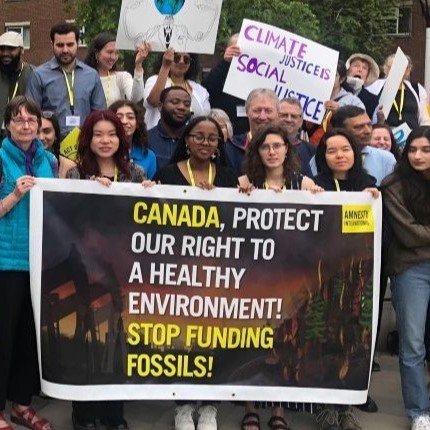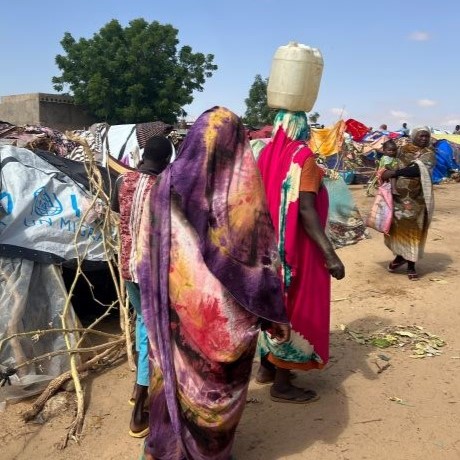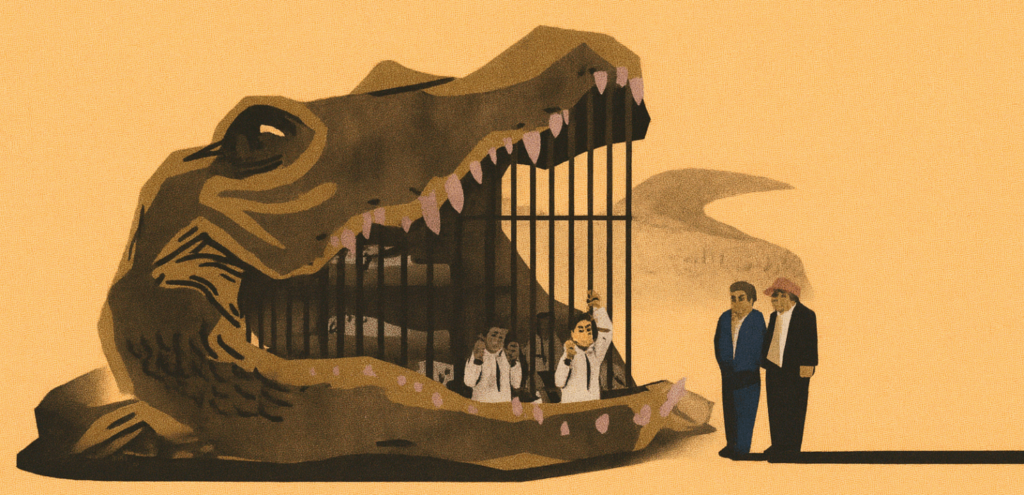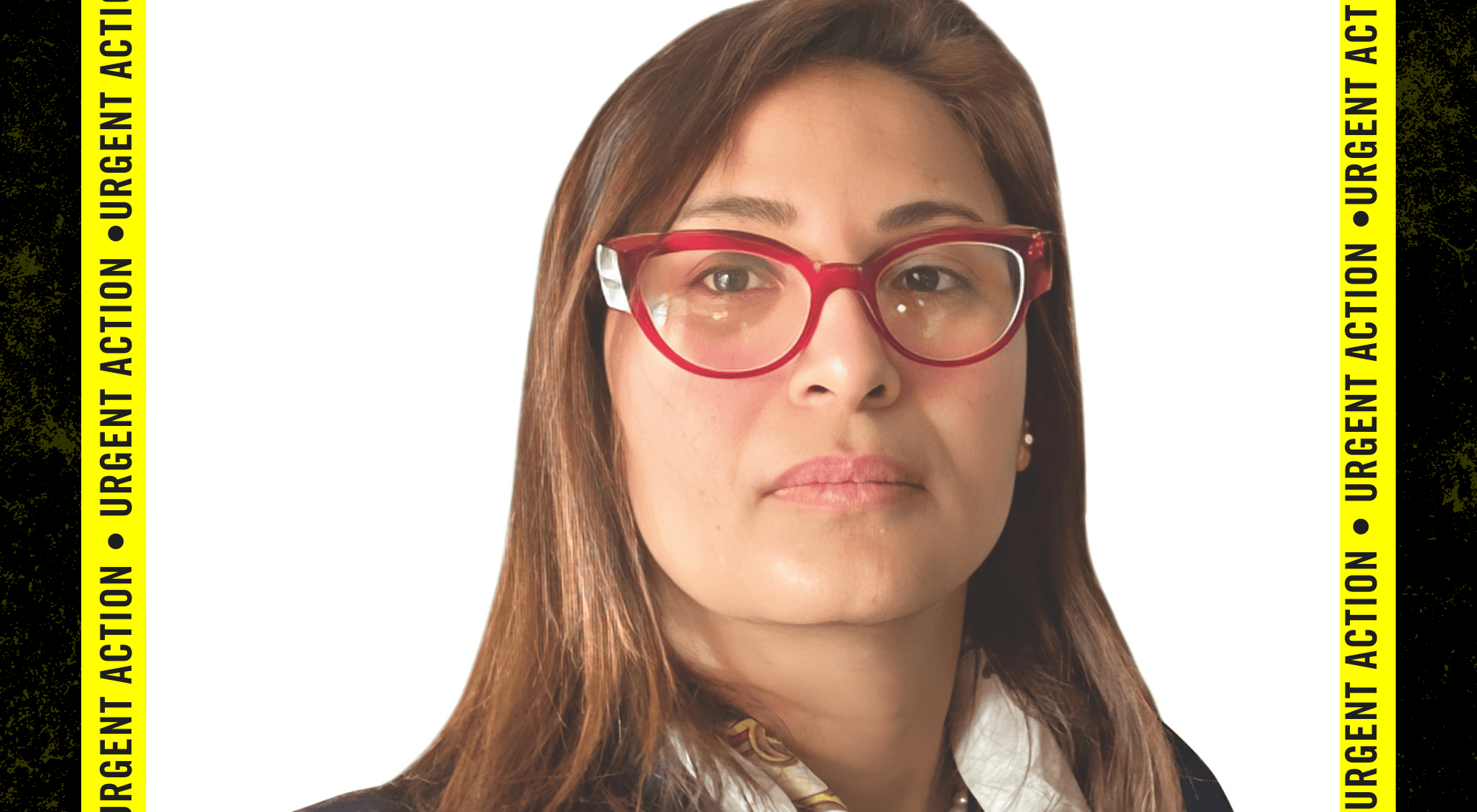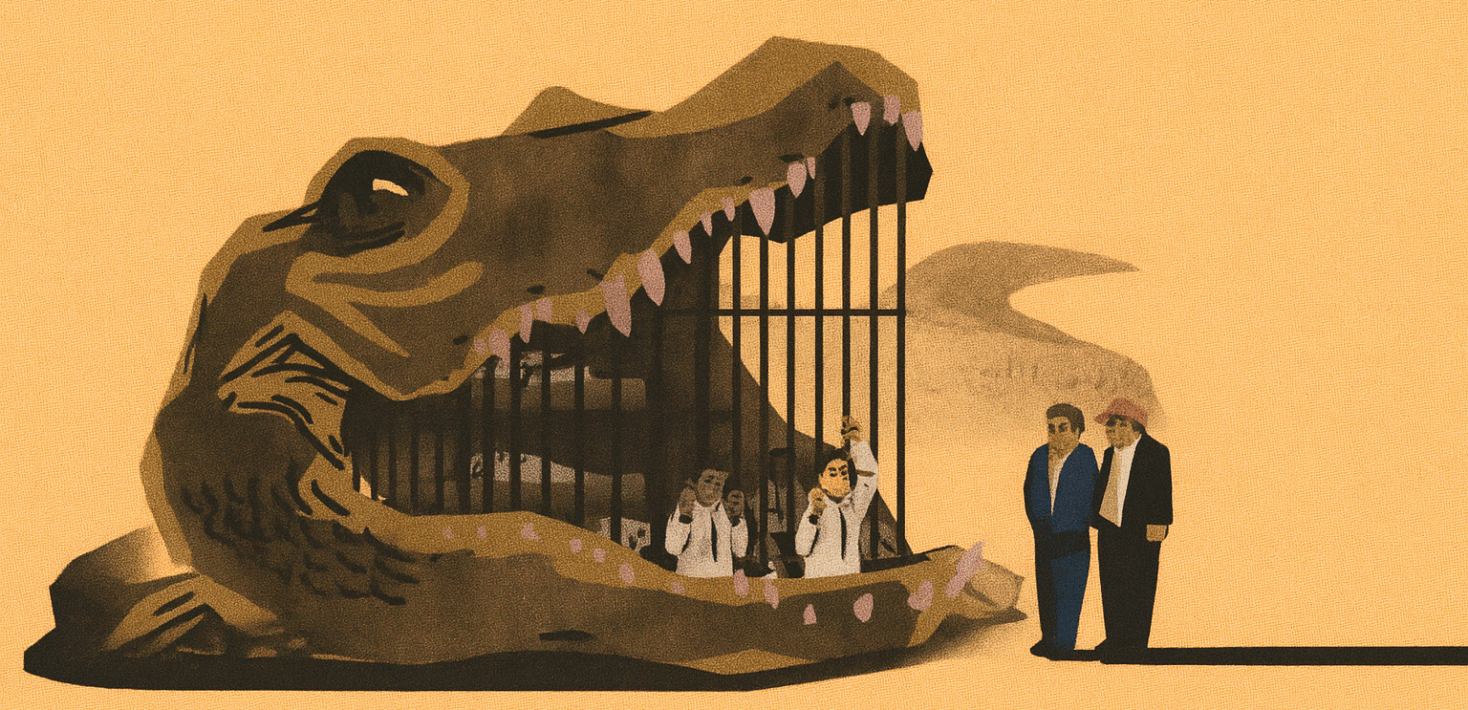“When we shared our land and water we expected it to be kept pristine, but they have failed and destroyed our culture as a result. We want that mercury cleaned up. There is no way around it because it is a sacred trust to take care of our land.” – Chief Roger Fobister Sr., Grassy Narrows First Nation
,
“I believe some babies in our community continue to be born sick because of the mercury poison that is still in the river. These children did not choose this legacy of poisoning they have inherited.” – Judy DaSilva, Grassy Narrows environmental health coordinator and a mother of five.
,
| , | , |
| , | , |
| , | ,
Hear Judy DaSilva Talk about the issues on CBC , , |
,
Ontario Premier Kathleen Wynne has once again refused to make any meaningful commitment to address the ongoing social and health crisis caused by mercury contamination at the Grassy Narrows First Nation.
,
A new report released this week summarizes evidence that in some parts of the river system mercury contamination in top predator fish is two to 15 times higher than guidelines for safe consumption.
,
The report also found that rather than declining, the mercury contamination in the river system appears to be stabilizing at dangerously higher levels – and in some areas may actually be increasing.
,
Responding to the report this week, the Premier said the government needs more information before it can make any commitments.
,
Consider, however, some of what the government already knows:
,
Mercury is one of the most dangerous contaminants than can be released into the environment. Mercury accumulates in food chain and in the human body. It is known to cause a wide range of debilitating and potentially fatal health problems, including neurological degeneration, loss of motor control, heart disease and blindness. Mercury can pass into the fetus leading to chronic neurological and development problems for infants and children.
,
- ,
- , The contamination of the English and Wabigoon river system was not an accident. The province allowed an upstream pulp and paper mill to dump wastes containing an estimated 9 metric tonnes of mercury before finally stepping in and stopping the dumping in 1970. This was despite a notorious human health crisis caused by mercury contamination of the waters of Minamata, Japan that became public in 1956, six years before the dumping began.
,
- , The only in-depth, long term studies of the health impact of the mercury contamination of the English and Wabigoon Rivers have been carried out by a team of doctors and other researchers from Minamata. These researchers concluded in 1976 that some residents of Grassy Narrows and the nearby Whitedog First Nation were suffering from acute mercury poisoning. Follow-up studies by those researchers determined that the communities continue to deal with serious health problems caused by mercury poisoning and that the suffering extends even to children born long after the mercury dumping was halted.
,
- , In 2009, a review commissioned by the federal and provincial governments acknowledged the expertise of the Minamata doctors, affirming there was “no doubt” that high levels of exposure have led to neurologic disorders at Grassy Narrows and that some people continue to be exposed to high levels of mercury. The independent scientific review also noted that there inadequate health care and support to deal with a continued health crisis affecting the community.
,
- , The latest report, commissioned by the province and carried out by environmental scientist Patricia Sellers, found that the current contamination levels exceed the threshold established by Environment Canada for triggering an environmental clean-up in similar situations.
,
,
,
,
,
Ontario’s double-standard
,
The Premier’s insistence that the province needs more information before making any commitments to cleaning up the river system not only flies in the face of all the evidence pointing to an urgent need for action, it also contrasts sharply with claims the Province has made about mercury and the Grassy Narrows environment in another context.
,
The people of Grassy Narrows have asked the province to carry out an environmental assessment of its plans to resume large-scale clearcut logging in their traditional territory. In particular, Grassy Narrows wants the opportunity for public review of the risk that clearcutting could introduce even more mercury into the river system through run off from exposed and disturbed soil.
,
Yet, despite similar concerns flagged by some of the government’s own scientists, the province has refused to conduct an environmental assessment. In this instance, the province claims that it already knows enough about mercury and the natural environment to be confident that it is properly managing the risks even though none of its mitigation measures have ever been scientifically tested.
,
Justice denied
,
Overall, the province’s record on Grassy Narrows has been one of refusal to make any commitments, other than to a business as usual approach to clearcut logging. The province has never acknowledged the right of the people of Grassy Narrows to say ‘no’ to unwanted forms of development that they feel risk further harm to their health and economy. The province has refused to honour the community’s call for a moratorium on clearcutting. And the province has made no commitments to clean up the mercury which still poisons Grassy Narrows’ waters and people.
,
Responding to the latest report, the Premier would only say that the province would continue to meet with the people of Grassy Narrows to discuss their concerns.
,
It’s important to send a clear message to the provincial government that the people of Grassy Narrows need more than just talk: they need a clear, concrete and principled commitments to action, including a clean-up of the river system, provision of comprehensive community health care including appropriate care for those suffering from mercury poisoning, and respect for their right to determine how their lands and environment will be used and protected into the future.
,
- ,
- , Please take a minute to sign our online action appeal.
,
- , Read Grassy Narrows‘ response to the latest report
,
- , Read an opinion piece by Amnesty and the David Suzuki Foundation
,
- , Learn more and get more involved at freegrassy.net
,
,
,
,













